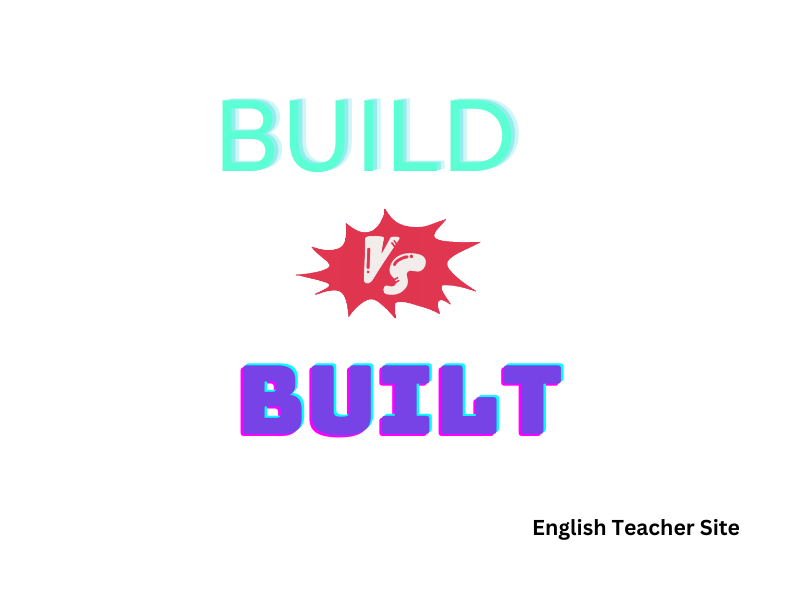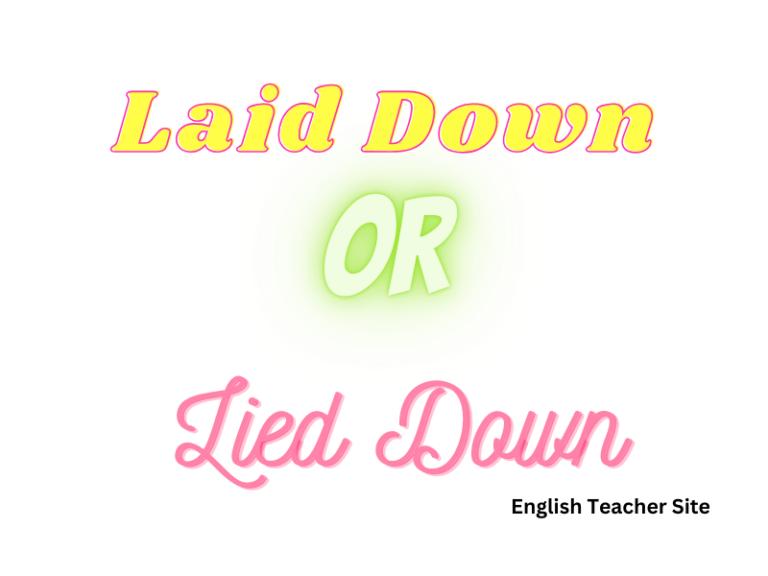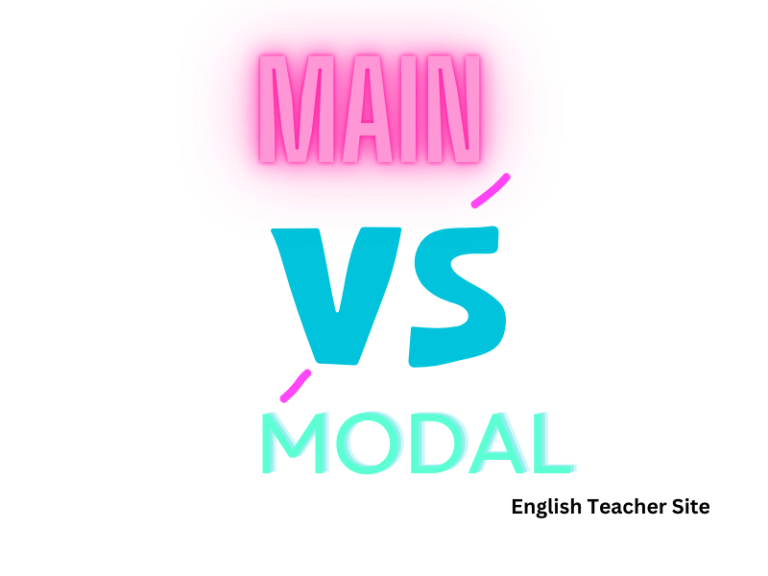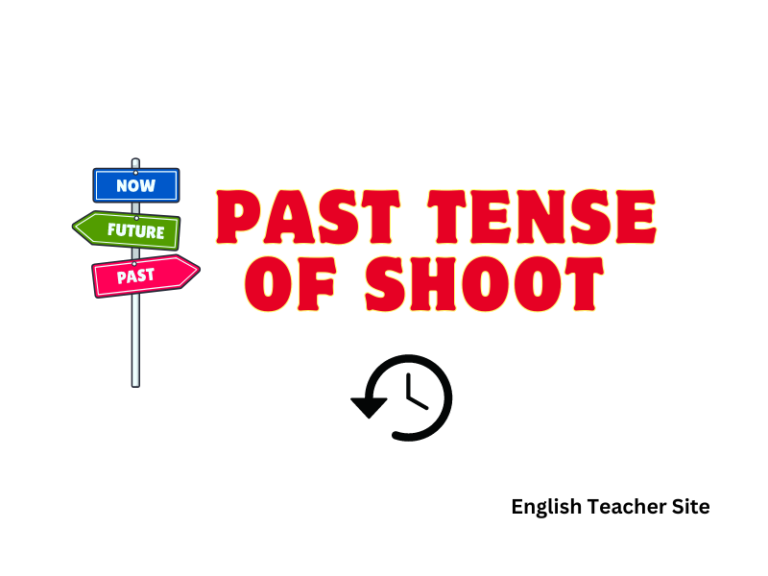What’s the Past Tense of Build: Build or Built? – Clarifying Verb Conjugation

- The simple past tense of “build” is “built.”
- “Built” is used for all subjects in the past tense form.
- Correct use of “built” clearly indicates a past action or state.
The use of “built” as the past tense and past participle form of “build” is crucial in both spoken and written English. The differentiation from the present tense “build” is particularly important because it sets the timeframe of the action clearly in the past. Consider the sentence “They build a house every year,” which uses the present tense, as opposed to “They built a house last year,” which uses the simple past tense. Knowing when to employ the past tense is key to accurately describing past events or situations.
What’s the Past Tense of Build: Build or Built
This section details the usage of the verb “build” in its past tense form, providing clarity on whether ‘build’ or ‘built’ should be used.
Exploring the past tense forms of the verb “build.”
Below are tables outlining the correct conjugation for different grammatical persons in the simple past and past participle forms.
Simple Past Tense of “build”
| Person | Conjugation |
|---|---|
| I | built |
| You (singular/plural) | built |
| He/She/It | built |
| We | built |
| They | built |
Past Participle of “build”
| Person | Conjugation |
|---|---|
| I | built |
| You (singular/plural) | built |
| He/She/It | built |
| We | built |
| They | built |
In both tables, it’s evident that the verb “build” becomes built in the past tense and as a past participle, without variation between different subjects.
Using bullet points, let’s consider some specific examples to illustrate the verb “build” in the simple past tense:
- I built a sandcastle at the beach yesterday.
- She built a strong following on social media over the last year.
- They built their dream home in less than six months.
In the context of perfect tenses, where the past participle “built” is used, consider the following bullet points:
- He has built several successful startups in his career.
- We had built the entire model before realizing there was a mistake.
- They have built a reputation for excellent customer service.
What’s the Past Tense of Build? Build or Built?
When teaching the past tense, it is important to differentiate between regular and irregular verbs. The word “build” falls into the category of irregular verbs—meaning its forms do not follow a set pattern.
Regular vs. Irregular Verbs
- Regular Verbs: Add “-ed” or “-d” to the base form (e.g., “walk” becomes “walked”)
- Irregular Verbs: Change form in unpredictable ways (e.g., “run” becomes “ran”)
Conjugation of “to Build”
The verb “to build” has three primary forms:
| Base Form | Past Tense | Past Participle |
|---|---|---|
| build | built | built |
- Base Form: The verb in its basic, unaltered form (e.g., “I build”)
- Past Tense: Used to indicate an action completed in the past (e.g., “She built”)
- Past Participle: Often used with forms of the verb “to have” to indicate a past action (e.g., “They have built”)
Examples in Sentences:
- Present: “They build houses.”
- Past: “Yesterday, they built a cottage.”
- Perfect: “They have already built three barns.”
Verb Forms of ‘Build’
The basic forms of ‘build’ are crucial for constructing grammatically correct sentences in both spoken and written English.
Infinitive: To build
Simple Past: Built
Past Participle: Built
These forms can be effectively visualized in tables:
Conjugation in the Indicative Mood:
| Person | Present | Simple Past | Past Participle |
|---|---|---|---|
| First Person (Singular) | I build | I built | I have built |
| Second Person (Singular) | You build | You built | You have built |
| Third Person (Singular) | He/She/It builds | He/She/It built | He/She/It has built |
| First Person (Plural) | We build | We built | We have built |
| Second Person (Plural) | You build | You built | You have built |
| Third Person (Plural) | They build | They built | They have built |
Using bullet points, let’s highlight the participles:
- Present Participle: Building
- Past Participle: Built
These participles are critical for various verb tenses, including continuous and perfect tenses.
How Do You Know When to Use Past Tense and Past Perfect Tense?
The past tense form is straightforward; it indicates that an action occurred prior to the present moment. For example, the past tense of “build” is “built.”
Past perfect tense, on the other hand, shows that an action was completed before another took place in the past. It is formed using “had” followed by the past participle of the verb.
Simple Past Tense
- Use when an action has been completed in the past at a specific time.
- The action is not connected to the present.
- It is used for a sequence of events in the past.
Examples:
- They built the house last year.
- She watched a movie yesterday.
Past Perfect Tense
- Use to describe an action that was completed before another action in the past.
- Often accompanies time expressions like “before” or “by the time.”
Examples:
- They had already built the house when I visited.
- She had finished the exam by the time it started to rain.
| Simple Past Tense | Past Perfect Tense |
|---|---|
| Action completed in the past | Action completed before another past action |
| Specific time mentioned | Time may be indicated by another action |
| I built the model. | I had built the model before the exhibition opened. |
Here, “built” is the simple past form, indicating the action happened in the past. “Had built” is the past perfect form, adding a layer of complexity by situating the building of the model before the opening of the exhibition.
Using bullet points to outline scenarios where past perfect is essential:
- Sequence of Events: When narrating a series of events in the past.
- She had left when he arrived.
- Conditional Sentences: In “if” clauses referring to a hypothetical situation in the past.
- If they had known, they would have acted differently.
- Reported Speech: When reporting what happened in the past.
- He said he had gone to the store.
Examples of Build (Present Tense) in Sentences
Below are some examples that showcase the verb “build” in the present tense:
Simple Present Tense “build”:
- They build houses using sustainable materials.
- She builds a strong rapport with her clients.
- It builds up pressure when heated.
Present Continuous Tense “building”:
- He is building his expertise in web development.
- They are building a new park in the neighborhood.
Table 1: Singular vs. Plural Forms
| Singular | Plural |
|---|---|
| She builds a model ship. | They build model ships together. |
| He builds his resume. | They build their resumes. |
Table 2: Different Subjects
| Subject | Sentence |
|---|---|
| He | He builds custom motorcycles in his spare time. |
| She | She builds her portfolio by taking unique photos. |
| It | It builds anticipation with its dramatic trailer. |
| We | We build our understanding step by step. |
| They | They build upon previous research in their study. |
In these examples, “build” and “building” indicate an ongoing action or habit in the present. Use these sentences as guidance when constructing your own sentences in English.
Examples of Built (Past Tense) in Sentences
When learning English, it is essential to grasp verb tenses. The past tense of “build” is built. This term is used to describe an action that was completed in the past. Here are sentences demonstrating the use of “built” as the past simple form:
- Simple Past: They built a new library in town last year.
- Past Continuous: She was building sandcastles when the wave washed them away.
- Perfect Tenses: We have built a strong case for the project.
Using “built” within various contexts allows for a clear understanding of actions that have already occurred. The examples below further illustrate “built” in typical sentence structures.
| Subject | Sentence Example |
|---|---|
| He | He built a model airplane. |
| They | They had built a fort by the stream. |
Now, let’s view some more examples in a bullet list for variation:
- Interrogative: Had she built the shed before the storm hit?
- Negative: They had not built a snowman before moving to a colder climate.
- In a compound sentence: The company built a new headquarters, and it transformed the local economy.
Examples of the Past Participle ‘Built’ (in Application)
The past participle ‘built’ is frequently used in English to describe something that was constructed or created in the past. Mastery of this term is essential for clear communication in both spoken and written forms. Here are applications of the past participle ‘built’ used in various sentences:
In Passive Constructions
When ‘built’ is used in the passive voice, it emphasizes the result of an action rather than who performed the action. Here is how it appears in sentences:
- The bridge was built in 1920.
- The cake had been built elaborately by the time guests arrived.
In Perfect Tenses
The past participle works with auxiliary verbs to form perfect tenses, which indicate completed actions. Below are examples in the present perfect and past perfect tenses:
- They have built a new school in the neighborhood.
- She had built a reputation for herself before moving on.
Tables Demonstrating Use in Tenses:
| Present Perfect | Sentence Example |
|---|---|
| has/have built | He has built a fort out of boxes. |
| Past Perfect | Sentence Example |
|---|---|
| had built | They had built their house by themselves. |
Bullet Points Highlighting Usage:
- She has built several models for the science fair.
- It has been built to withstand harsh weather.
- They had built a solid foundation for their project.
As a Modifier
‘Built’ can also act as a modifier, providing descriptive detail about nouns:
- The built environment affects quality of life.
- Remodeled homes are often sold at higher prices than newly built ones.
Synonyms of Build
When discussing synonyms of “build,” there are several words one can use interchangeably, depending on the context. This richness allows for precise expression in both written and spoken language.
Synonyms for Physical Construction:
Here are synonyms commonly used when referring to the physical aspect of building something:
| Synonym | Context of Use |
|---|---|
| Construct | often used when referring to large-scale structures |
| Erect | implies a vertical ascent, typically for buildings |
| Assemble | suited for situations involving joining parts together |
| Fabricate | implies manufacturing or creating from raw materials |
| Raise | often used when lifting something into an upright position |
Abstract and Metaphorical Synonyms:
When “build” is used in an abstract sense, such as to build a relationship or a business, one might consider the following:
| Synonym | Context of Use |
|---|---|
| Develop | often used in a progressive, formative context |
| Establish | implies starting something secure and stable |
| Forge | sometimes used for creating something strong, like alliances |
| Shape | more abstract, often related to concepts or ideas |
| Create | a general term applicable to a wide range of contexts |
- Construct and erect are terms often found in manuals or construction-related documents.
- Assemble might be seen in instructional guides.
- Fabricate is a term more technical in nature.
- Raise evokes images of barn raisings in historical communities, showing communal effort.
Abstract synonyms are versatile:
- Develop is suitable for incremental processes.
- Establish carries a formal tone.
- Forge conveys a sense of strength and durability in the built relationship or entity.
- Shape suggests a meticulous and thoughtful process of creation.
- Create is a broadly applicable term used to indicate bringing something into existence.
Origin of the Verb Build
As an English teacher, it’s essential to appreciate the etymology of the words we use. The verb “build” has a storied history that provides insight into its present use. Build originates from the Old English “byldan,” meaning “to construct”—a word that has remained remarkably consistent in use and form over centuries.
The transition from its Old English roots to the current form can be outlined as follows:
- Old English: byldan
- Middle English: bilden, builden
- Modern English: build
The evolution of “build” into its past tense “built” did not follow a linear path. There was an older form, “builded,” which has since become archaic. This evolution can be presented in a table:
| Era | Infinitive | Past Tense |
|---|---|---|
| Old English | byldan | (no evidence) |
| Middle English | bilden | builded |
| Modern English | build | built |
Pronunciation also plays a role in the past tense formation, as the change from “builded” to “built” likely relates to the shift toward a more streamlined and faster-spoken language. Over time, the shorter form “built” became predominant, showing the language’s tendency toward efficiency.
Within English verb classification, “build” fits into a category known as irregular verbs because it does not follow the standard pattern of adding “-ed” to form the past tense. Here are examples of this irregularity:
- Base form: build
- Past tense: built
- Past participle: built
Source
Etymology online, origin of build
My name is Khamis Maiouf. I am the creator of the English Teacher Site, dedicated to providing valuable resources and insights for students around the world. With a passion for education and a commitment to helping students enhance their skills, I aim to make English teaching more effective and enjoyable for both educators and students.






